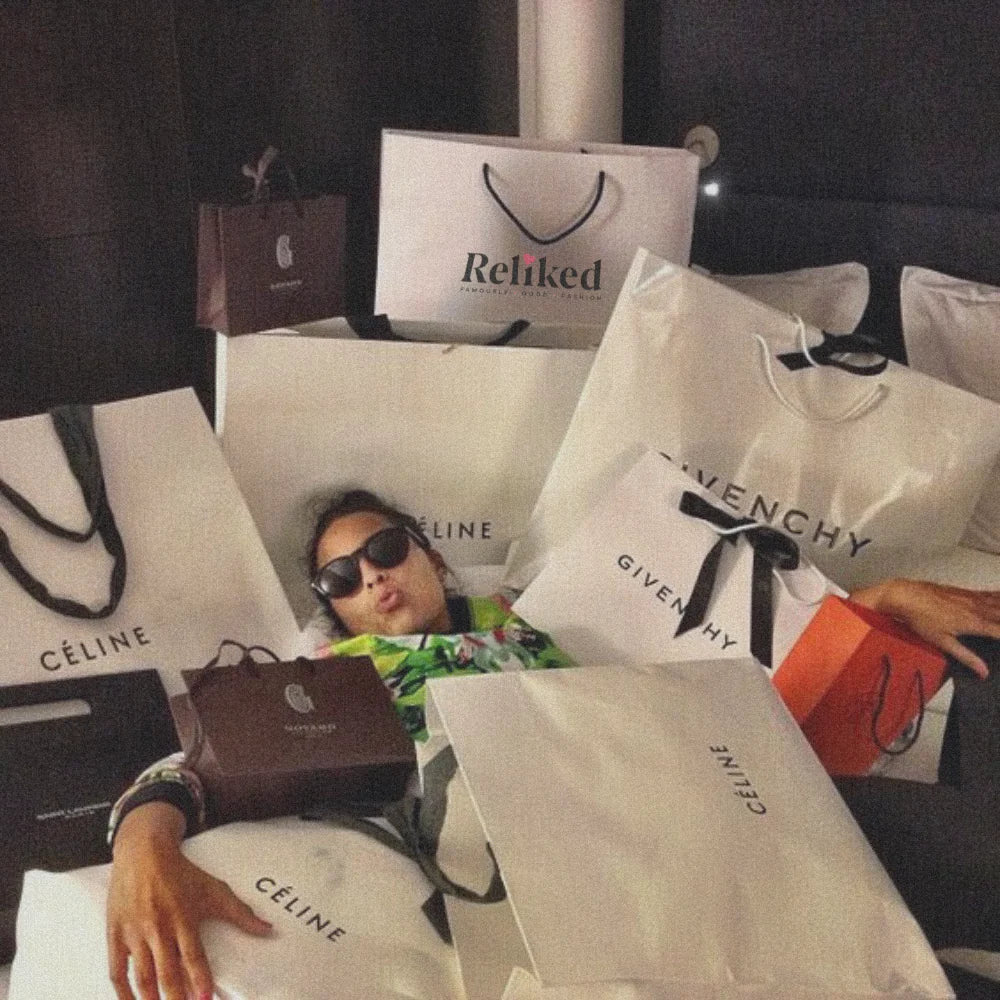
Do designer clothes last longer?
“Buy less, choose well, make it last.” That was Dame Vivienne Westwood’s advice at London Fashion Week back in 2017.
We’ve all been shocked by the statistics and we’re all becoming more conscious as consumers, paying closer attention to how our habits could be contributing to global warming as a result, and this includes clothes shopping. According to a study made by Oxfam last year, the amount of new clothes we purchase every minute in the UK has the same CO2 emissions as driving a car around the world – 6 times over!
One way to make our wardrobes greener is, as Dame Vivienne says, to buy clothes that last longer. Bucking the throw-away culture of fast fashion, we’re looking for ways to find clothes that stand the test of time – keeping their quality and style for years. Some might say that only designer clothes can do this but the real picture isn’t so black-and-white.
Read on to learn how sustainable designer clothes are, and how you can make your fashion shopping more environmentally-friendly.
Designers clothes = Style for years?
Many people think that pricier clothes last longer. This might be true in some cases, but not always. What matters isn’t the size of the price tag, but how and from what materials the clothes are made.
How to check for quality
-
Materials
A lot of clothes these days, especially those from fast fashion outlets, use synthetic fibres. These artificial materials are often made from oil and make production cheaper. Ultimately, though, they make a garment less durable – over time they’ll start to fall apart (especially after repeated washes).
The best way to test the quality of material is to touch the piece you’re looking at. If an item feels substantial, tightly-woven, and is finished nicely, then it’s likely to keep well. Clothing that’s as thin as paper and has lots of small defects, on the other hand, is more likely to find its way to landfill than your wardrobe. Next, check the inner labels for the garment materials.
-
Production
Another consideration was how and where the clothes were made. Often the most ethical production lines are also the most sustainable. Resources like Good On You allow you to investigate sustainable and ethical practices in the fashion production industry further.
Designer clothes won’t always last longer – it depends entirely on how they’re made. If you want to shop for the long-term, then check out what the clothes are made out of, and what green credentials the company has.
To avoid the hassle of checking tags, however, the most sustainable option is to buy second-hand. Reliked helps you do this without compromising your choice on styles. We work with your favourite influences to sell their pre-loved clothes – check out the newest items we have in!

